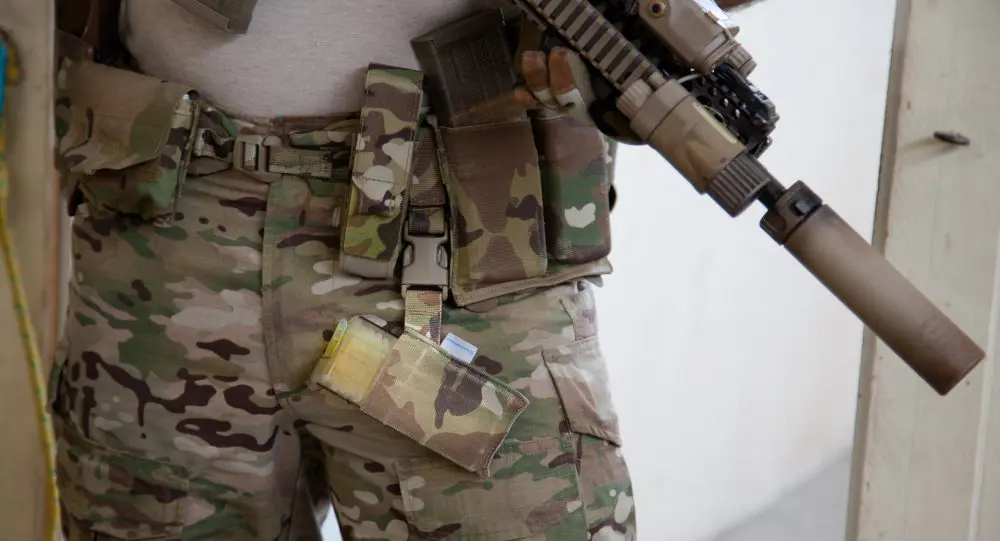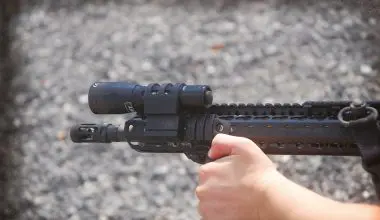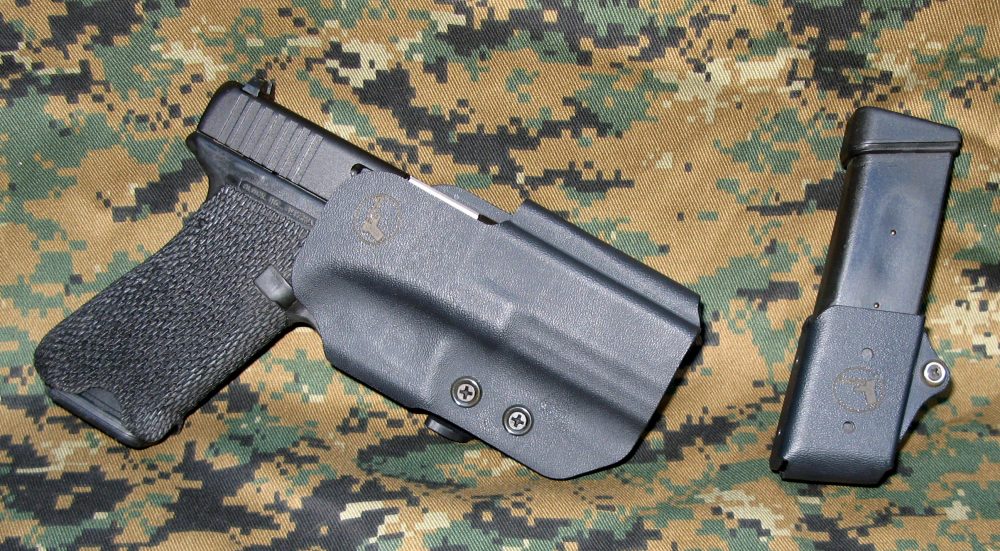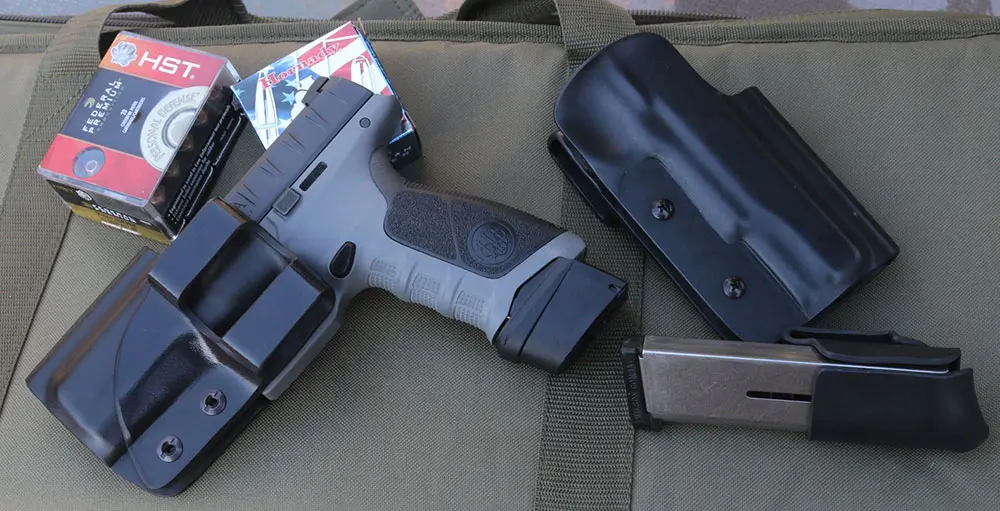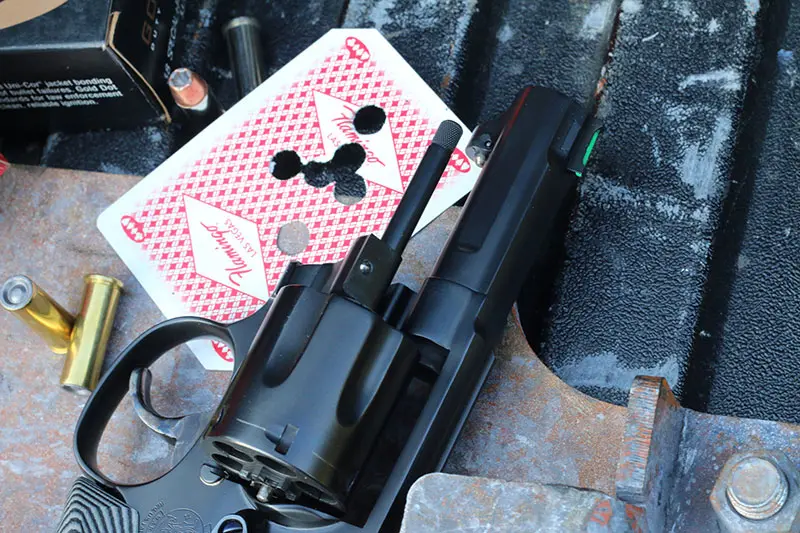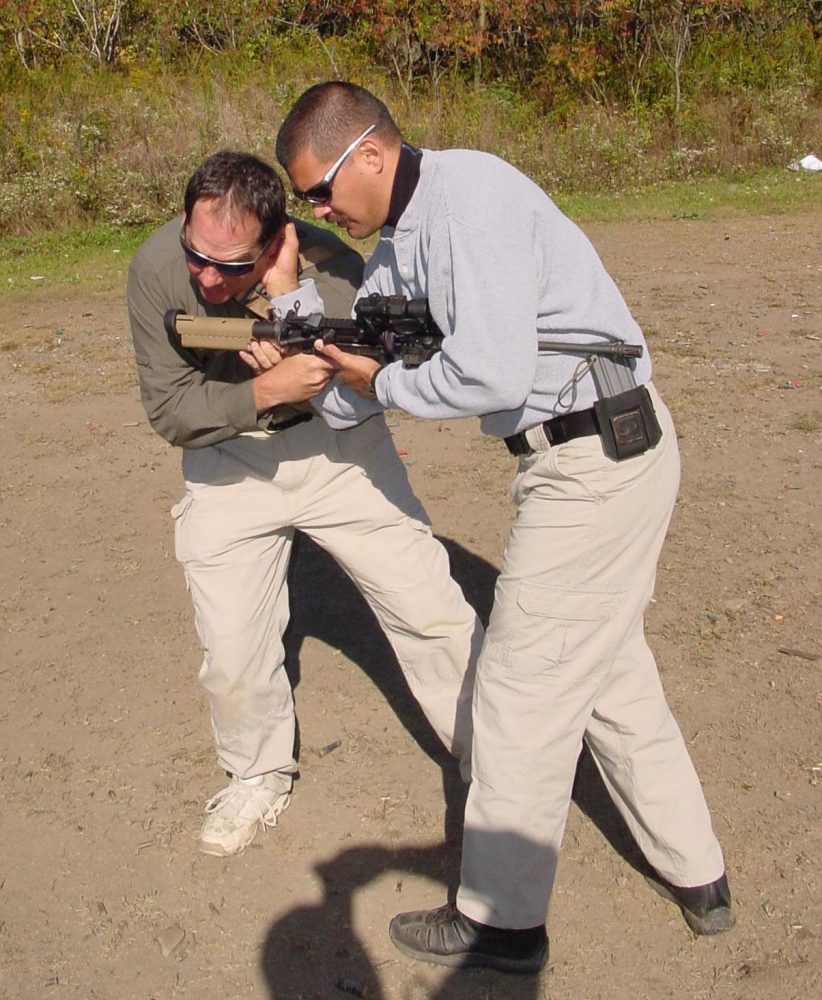
When Jeff Cooper founded the American Pistol Institute (now known as Gunsite Training Center), he standardized a method for teaching the uninitiated the skills necessary to competently fight with a gun. Since then, the art and profession of firearms training has become a small industry. Hundreds have set forth to make their mark in the field, giving rise to economic pressure and competition for both institutional and individual customers. Advertising and self-promotion have been the result. Instructors used to claim they invented techniques—now they invent entire vocabularies.
All this hype leaves both providers and consumers of training services with a problem. How do we sort out which claims and selling points have substance in an industry which is not yet sufficiently mature to have developed standards by which one might predict who will perform effectively as an instructor?
There has been a lot of discussion about standards in the past five years or so, but so far there has been very little progress in articulating measures by which one might evaluate either an instructor or the instruction he provides. Trainers who work in the industry know the most about the subject, but all organized efforts to obtain consensus in the matter have failed for a number of reasons. Chief among these are: (1) the “glass house” syndrome (an unwritten rule within the industry that no instructor will publicly criticize the methods, background or results obtained by another, lest they themselves become the target of criticism); (2) self interest (which destroys objectivity); (3) industry politics (“standards are necessary, as long as I or my organization establish them”); (4) agency politics (“since we are the best, the way we do things here is, by definition, the standard”); (5) enormous egos (“since I am the best, the way I was trained must be, by definition, the standard”); and, ultimately, (6) the lack of any empirical verification of any standard.
This is a problem for those who wish to obtain competent training for themselves or those in their charge, and get their money’s worth. It is a problem for those trainers who are experienced and competent, but who lack the time, money or stomach for relentless self-promotion. It is also a problem for those devoted to the art and profession of firearms training, who see the field being diminished by those who sell the sizzle because they have no steak, or, in fairness, because those to whom they are trying to sell prefer the sizzle and have never seen a steak.
I do not have a solution, but I may have a place to start. As with the definitions of art and pornography, the definition of good firearms instruction is hard to pin down. We might begin the search for those elusive criteria by cutting away everything that does not look like a criterion, and then examine what we have left.
There are some generally agreed-upon truths about what is not relevant in predicting the quality of instruction a particular instructor may provide. The uselessness of these indicators of competence is often discussed in private by those in the industry, but generally is not acknowledged in public. This is because one or more of these false criteria will serve as a useful marketing tool for just about everyone. With so many people invested in selling themselves with one or more of these points, the worthlessness of these putative indicators of competence becomes the white elephant that nobody wants to mention.
For this reason, I anticipate including any of these on my list of non-predictive information will be controversial with somebody. So be it. At least we will be talking about the elephant.

Table of Contents
POLICE EXPERIENCE
The notion that police, as a group, know anything more about shooting, fighting or shooting while in a fight, is a myth. My guess (and it is a guess) is that about the same percentage of sworn officers know how to shoot well as members of the general public, and for the same reason—they were interested as individuals, and on their own sought training and gained experience. Very, very little of what the vast majority of police do has anything to do with shooting, and the great majority of police firearms training is perfunctory.
POLICE FIREARMS INSTRUCTION EXPERIENCE
Whether this is a plus or a minus will depend entirely upon the particular department and what it considers “instruction.” “Instructor” slots in many departments are handed out as political favors, a place to put an officer who is physically disabled or so incompetent the administration is afraid to put them on the street. In many departments the “instructors” are there to run people through annual courses of fire for purposes of qualification, with little or no actual instruction involved.
Programs of instruction in police departments are also prescribed, and instructors are usually directed by higher authority to rigidly follow the set regimen. At the end of five years an instructor in such a program may say he taught 250 classes, when in fact he taught the same class 250 times. The depth of experience is not what it might appear to be.
Obviously there are some notable exceptions. Large police departments are good places for one who has an interest and a talent for the craft to develop as an instructor. Police departments sometimes provide a trainer with range time, ammunition, a steady stream of subjects and access to lots of incident reports. But this is not the rule.
It would be faster and easier for an average Joe who lives six states away from a prospective trainer’s former department to learn a detailed history of that individual trainer, than to discover the particulars of the department’s training program.
MILITARY EXPERIENCE
The military has lots of people that do lots of things, most of those things being completely immaterial to the individual use of small arms. Of those military activities that do involve the use of small arms, 99% of them are nothing like police work or individual personal defense. Conversely, military experience is valuable if one is in the military or training to perform military functions.
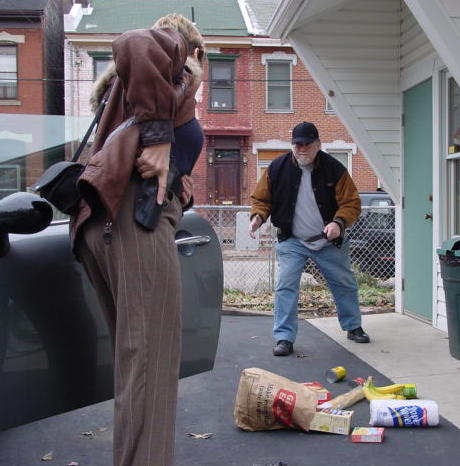
Further, the rigidity of military courses of instruction is legendary. They strive for uniformity, which means following a set program unless and until the manual is changed. The manual, in turn, is designed to “teach to the lowest common denominator.” As with police programs, these factors discourage individual approaches to an individual student’s problems and limit the depth of experience realized by the instructor. Perhaps this is why every significant innovation in shooting technique, equipment or teaching methods in the past thirty years has come from the private sector.
There are a few units within military branches where the use of small arms is emphasized. If there was a lot of use of small arms in the prospective instructor’s service, his experience with gun handling, marksmanship and related mindset should carry through. However, as with the police firearms instructor, one would have to know details about his specific program to evaluate the worth of his experience. That information is rarely available or, if available, rarely verifiable.
There is a definite market selling military-style training to civilians. Many who never served, or who served in one of the majority of specialties that did not involve the use of small arms, are willing to pay for a taste of something they were never personally exposed to. That is fine, as long as that process is not confused with teaching a beat officer or homeowner what they need to cope with the kind of trouble appropriate to their actual circumstances.
HAVING SURVIVED A GUNFIGHT
The notion that one who has survived a gunfight brings something special to the process is advanced by many knowledgeable individuals, including Jeff Cooper. With all due respect to those individuals, I see two difficulties with this idea.
First, it seems to me that whatever perspective or element of understanding a person attains by fighting with another for his life is very personal. As such, it cannot readily be taught. It may be related to others at length, but its essence cannot be passed along through conversation. This would seem to limit its value as a teaching asset.
Second, and more important, there are numerous reasons one might survive a gunfight besides posting a competent response. Many have survived gunfights by the incompetence of their adversary, by luck, or because they were rescued. Others have been “involved” in a gunfight to the extent they joined a dozen other police officers in popping off rounds in the general direction of a goblin—and missed. There are many who became involved in an armed confrontation through incompetent handling of a matter before it came to a fight, and then had to be bailed out by others. These individuals would seem to hold nothing special as an instructor.
I submit that before one should credit participation in a gunfight as something to commend an instructor, one should want to know a lot of the specifics regarding how and why the fight got started, what the individual’s specific role was, and how the instructor acquitted himself. This information is virtually never available, at least not in reliable form.
HAVING SURVIVED SEVERAL GUNFIGHTS
We may be getting closer, but even this does not tell us what we need to know. The key bit of information here is why one guy is in so many gunfights. It might be the nature of the job or it might be this guy is testosterone-poisoned and gets himself into jams through incompetent handling of situations before they escalate into an armed confrontation.
“BEEN THERE, DONE THAT”
This vapid phrase epitomizes what is wrong with all of the pitches on the “useless criterion” list: it has macho, emotional appeal but lacks any information content. Been where, done what, and what does that have to do with preparing me to solve my problem?
In determining whether an individual is a good instructor, any of these types of experience might be pertinent; however, one would need to learn so much more about these claimed experiences to see if they were meaningful and pertinent to one’s needs, that it may not be worth the effort. Conversely, I know several top-notch, highly competent, nationally known instructors whose pre-instruction careers included no police or military experience or gunfights. These include a lawyer, a journalist and an elementary school teacher turned jazz musician and Tae Kwon Do instructor.
[Peter Georgiades is the Executive Director of the Firearms Instruction Research and Education (FIRE) Institute, a non-profit, tax exempt educational and research organization located in Pittsburgh, Pennsylvania. Information on FIRE Institute and its programs can be found at www.fireinstitute.org.]

